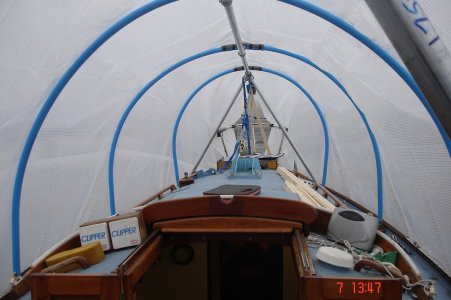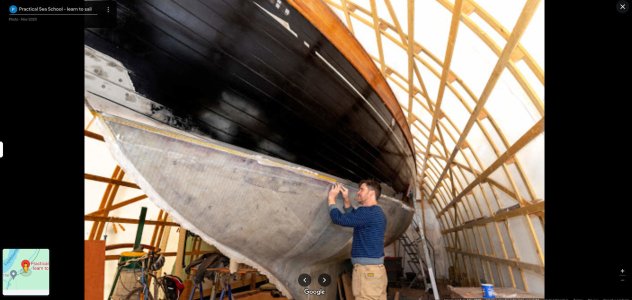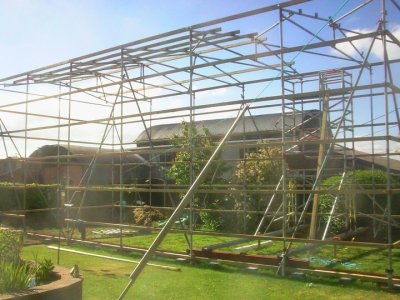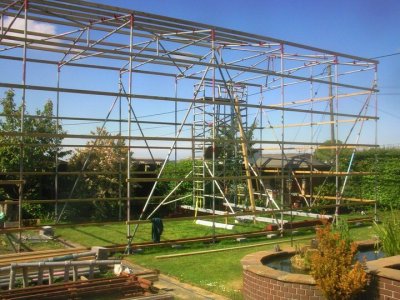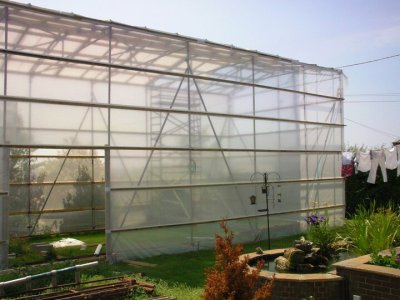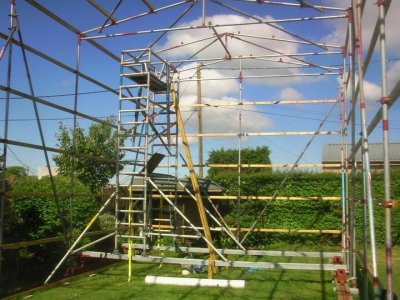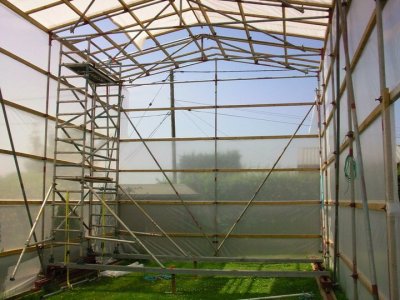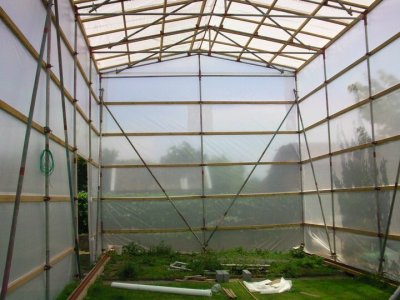sarabande
Well-known member
I'm about to build a tent for the boat, using scaffolding and Monarflex sheeting.
Which shape is best , please , to cope with winds blowing athwartships ?

Please ignore the absence of bracing and triangulation.
Which shape is best , please , to cope with winds blowing athwartships ?

Please ignore the absence of bracing and triangulation.

